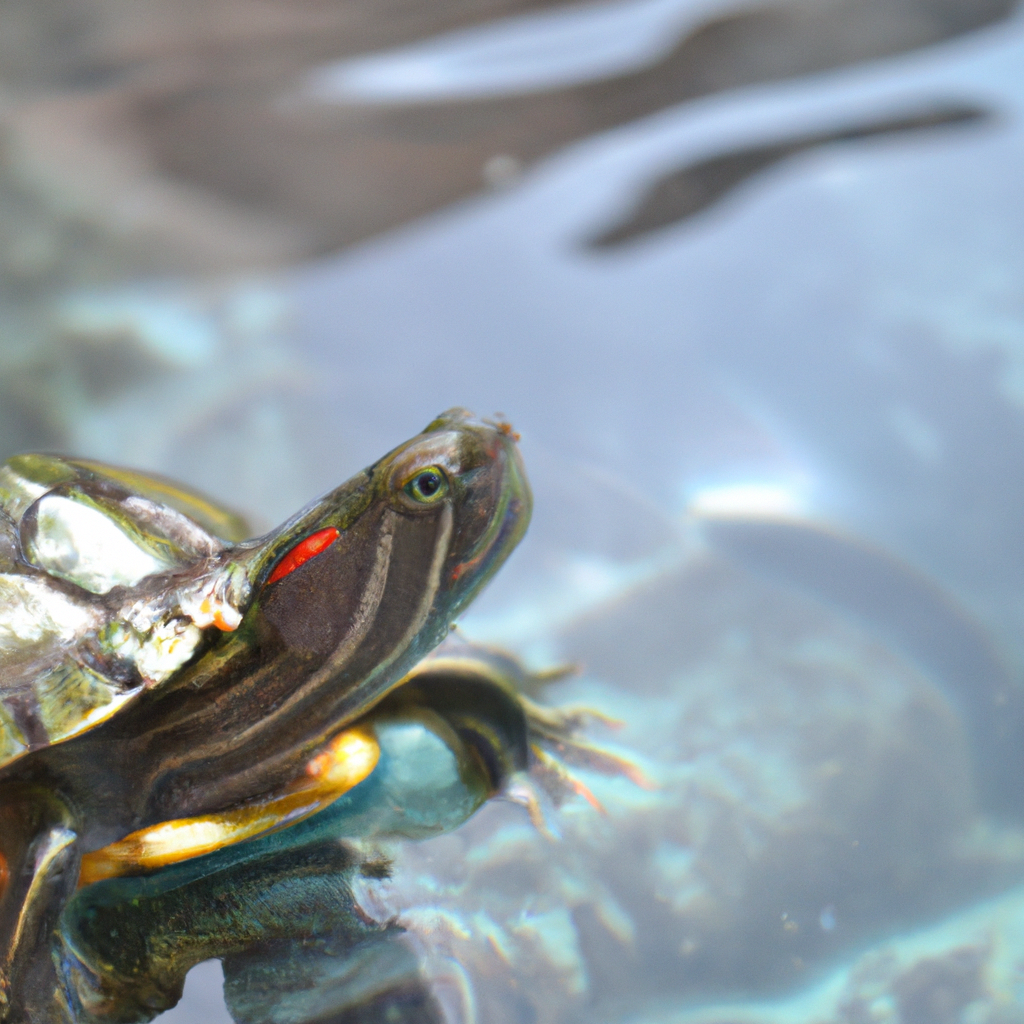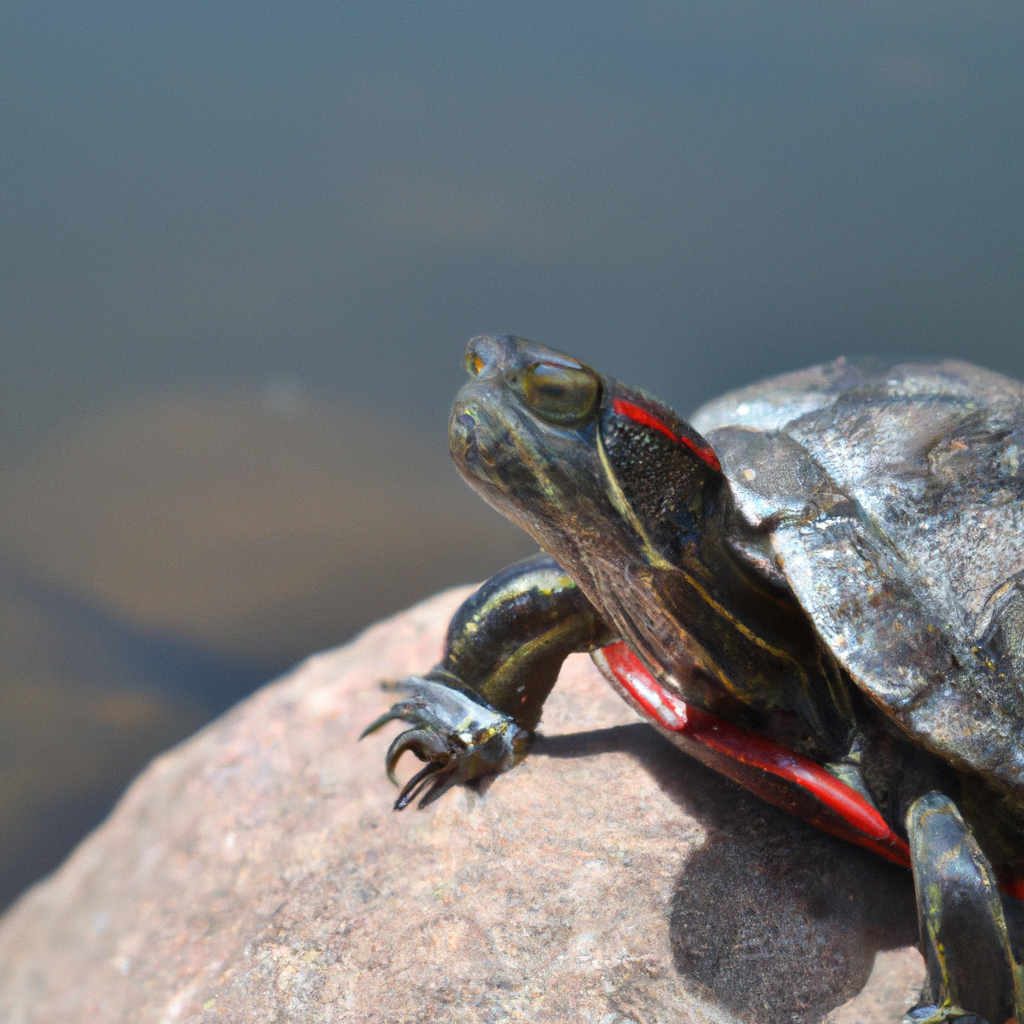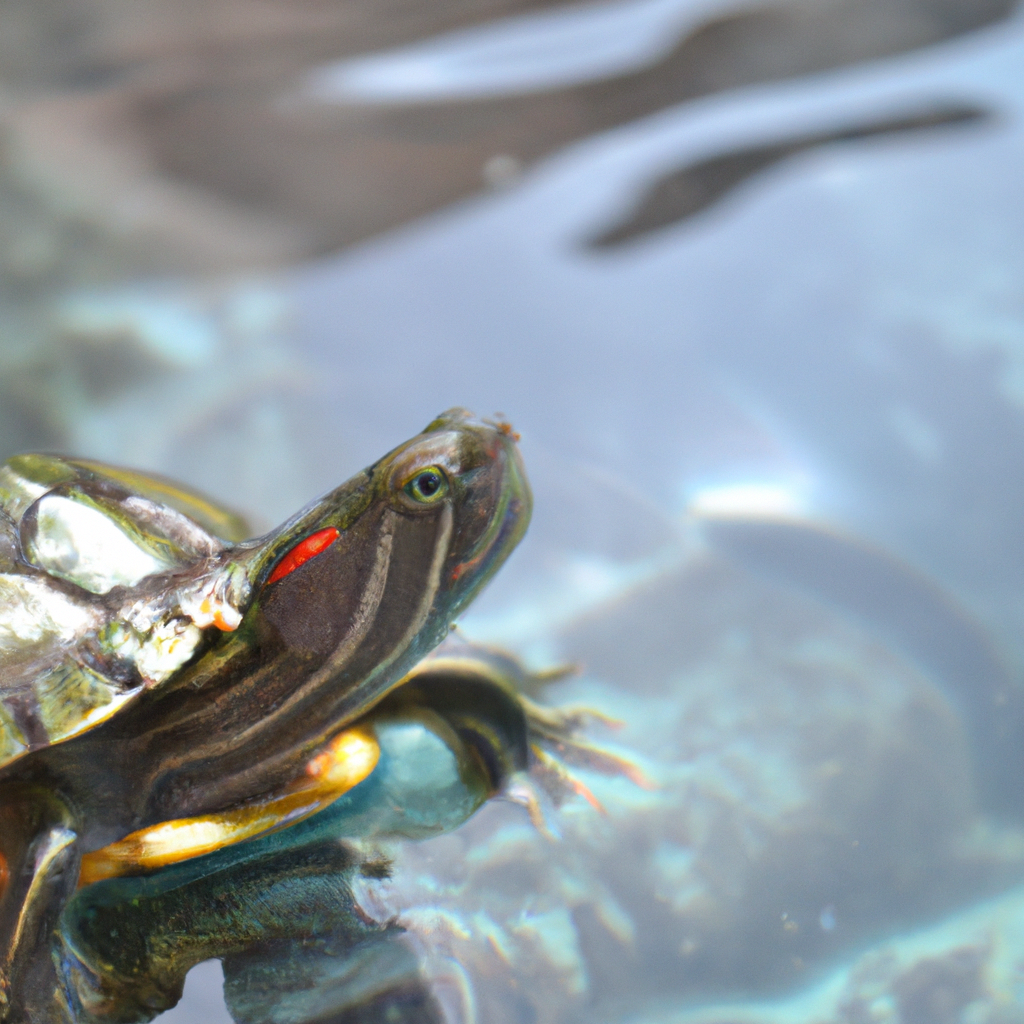So you’ve got a pet turtle, huh? Well, if you want to give it the best care possible, you might want to consider providing it with some good ol’ natural sunlight. You see, turtles, just like any other creature, thrive when they are exposed to the natural light of the sun. It not only helps them stay healthy and active but also plays a crucial role in their overall well-being. From boosting their immune system to aiding in calcium absorption, the benefits of sunbathing for turtles are truly remarkable. So let’s dive into the details and explore why giving your shelled friend some quality time under the sun is a no-brainer.

Benefits of Natural Sunlight for Turtles
Improved Shell Health
One of the most significant benefits of natural sunlight for turtles is improved shell health. Exposure to sunlight helps turtles absorb calcium, an essential mineral for shell development and strength. Without sufficient exposure to natural sunlight, turtles may develop weak or deformed shells, making them more susceptible to injuries and infections.
Vitamin D Synthesis
Sunlight is a crucial factor in the synthesis of Vitamin D in turtles. When turtles are exposed to sunlight, their skin converts UVB rays into Vitamin D, which is essential for their overall health. Vitamin D helps turtles absorb calcium from their diet, aids in bone development, and supports proper growth and metabolism. Without adequate Vitamin D synthesis, turtles may suffer from weakened immune systems and various health issues.
Enhanced Immune System
Natural sunlight has been shown to enhance the immune systems of turtles. Exposure to sunlight stimulates the production of white blood cells, which are responsible for fighting off infections and diseases. Turtles that receive sufficient sunlight exhibit stronger immune systems, making them more resistant to illnesses and ensuring their long-term health and wellbeing.
Enhanced Coloration
Another benefit of natural sunlight for turtles is improved coloration. Sunlight exposure enhances the pigmentation of a turtle’s skin and shell, resulting in more vibrant and beautiful coloration. This not only adds to the aesthetic appeal of the turtle but also indicates good overall health and proper nutrient absorption.
Better Growth and Development
Turtles require a balanced diet and proper sunlight exposure to ensure optimal growth and development. Natural sunlight provides necessary nutrients, such as Vitamin D and calcium, which are crucial for bone development and healthy growth. Turtles that receive adequate sunlight exhibit faster growth rates and develop stronger, more robust bodies.
Positive Psychological Effects
Just like humans, turtles can also benefit from the positive psychological effects of natural sunlight. Sunlight exposure stimulates the production of serotonin, a hormone associated with mood regulation and a sense of well-being. Turtles that receive regular exposure to natural sunlight are generally happier, more active, and exhibit less stress-related behaviors.
Stimulation of Natural Behaviors
Providing turtles with natural sunlight helps stimulate their natural behaviors. Sunlight exposure triggers natural instincts, such as basking and exploring their environment. Turtles that have access to natural sunlight show more natural and active behaviors, leading to a higher quality of life and overall happiness.
Promotes Healthy Breeding
For turtles that are of breeding age, natural sunlight is essential for promoting healthy breeding. Exposure to sunlight helps regulate hormones, which is crucial for successful breeding. It also provides turtles with the necessary energy and nutrients for reproduction. Turtles that receive regular sunlight exposure are more likely to have successful breeding seasons and produce healthy offspring.
Enhanced Thermoregulation
Turtles, being cold-blooded animals, rely on external sources of heat to regulate their body temperature. Natural sunlight provides turtles with the necessary heat to warm their bodies and maintain their optimal temperature range. Proper thermoregulation is essential for their metabolic processes, digestion, and overall health.
Prevention of Metabolic Bone Disease
Metabolic Bone Disease (MBD) is a common and debilitating condition in turtles caused by a lack of proper nutrition, including Vitamin D and calcium deficiency. Natural sunlight exposure helps prevent MBD by providing turtles with the necessary UVB rays to produce and metabolize Vitamin D, ensuring proper bone growth and development.
Factors to Consider When Providing Natural Sunlight
Temperature
When providing natural sunlight for turtles, it is essential to consider the temperature. Turtles require a warm environment to bask in the sun comfortably. Ensure that the temperature is within the recommended range for their species, as extreme temperatures can be harmful.
Duration
The duration of sunlight exposure is crucial for turtles. While they require regular access to sunlight, it is essential not to overexpose them to avoid overheating or sunburns. Monitor the time they spend basking in the sun and provide shaded areas for them to retreat to when needed.
Avoidance of Overheating
Turtles are prone to overheating if exposed to excessive heat. They should be monitored closely to ensure they do not become overheated, as this can lead to heatstroke or other health issues. Implement measures such as providing shade or misting the enclosure to help them cool down.
Shade Options
Turtles need access to shade to regulate their body temperature and avoid prolonged direct sun exposure. Make sure to provide ample shade within their enclosure, such as plants, rocks, or artificial structures, where they can retreat when they feel too hot.
Protection from Predators
When providing natural sunlight, it is crucial to consider the safety of the turtles. Ensure that the enclosure is secure and protected from potential predators, such as birds or other animals, that may harm or stress the turtles while they are basking in the sunlight.
Regularity and Consistency
Turtles benefit from regular and consistent exposure to natural sunlight. Set up a routine that allows them to bask in the sun at similar times each day. This will help them regulate their body functions and maintain a healthy circadian rhythm.
Weather Patterns
Monitoring weather patterns is essential when providing natural sunlight for turtles. Extreme weather conditions, such as heavy rain, storms, or extremely high or low temperatures, can be harmful to turtles. Ensure that they have access to the appropriate shelter or move them indoors during unfavorable weather conditions.
Space and Enclosure Size
Consider the size of the enclosure when providing natural sunlight. Turtles require enough space to move around freely, explore, and bask comfortably. Ensure that the enclosure is spacious enough to accommodate their needs and allow them to access sunlight from different angles.
Monitoring and Supervision
Regular monitoring and supervision are crucial when providing turtles with natural sunlight. Pay attention to their behavior, body language, and signs of distress or discomfort. This will help ensure their safety and well-being during their sunbathing sessions.
Supplementation
While natural sunlight is ideal for turtles, it may not always be possible to provide them with adequate exposure. In such cases, supplementation with artificial UVB lights or reptile-specific light bulbs can help meet their Vitamin D requirements. Consult with a reptile veterinarian to determine the most suitable supplementation option for your turtles.

Alternative Options for Sunlight
Artificial UVB Lights
Artificial UVB lights are designed to emit the necessary UVB rays that turtles require for Vitamin D synthesis. These lights can be installed within the turtle enclosure to provide a controlled and consistent source of UVB exposure when access to natural sunlight is limited.
Reptile-Specific Light Bulbs
Reptile-specific light bulbs are designed to mimic natural sunlight and provide a broad spectrum of light, including UVB rays, UVA rays, and heat. These bulbs can be used as a supplementary light source to ensure turtles receive the necessary wavelengths for their overall health and well-being.
Mercury Vapor Bulbs
Mercury vapor bulbs are a popular choice for reptile lighting as they offer a combination of heat, UVA, and UVB rays. These bulbs provide a more intense and concentrated output, suitable for larger enclosures or outdoor turtle pens.
Ceramic Heat Emitter
Ceramic heat emitters are a good option for providing heat to turtles without emitting light. These emitters can be used at night or in darker areas of their enclosure to maintain the required temperatures without disrupting their natural light and dark cycle.
Solariums or Greenhouses
Solariums or greenhouses can be used to create a controlled outdoor environment for turtles, allowing them access to natural sunlight while providing protection from extreme weather conditions and predators. These structures can be customized to replicate the natural habitat and provide ample space for turtles to bask and roam.
Outdoor Pens or Enclosures
Outdoor pens or enclosures can be designed specifically for turtles to provide a safe and secure area for them to enjoy natural sunlight. These enclosures should have proper fencing to prevent escapes and protection from predators. They should also be spacious enough to allow turtles to engage in natural behaviors and provide areas for basking and exploring.
Natural Sunlight Simulation
If natural sunlight is limited or not feasible, natural sunlight simulation devices can be used to replicate the wavelengths and intensity of sunlight. These devices emit specific wavelengths, including UVB and UVA, to provide a similar effect to natural sunlight.
Indoor Enclosures with Natural Light
If an indoor enclosure is the only option for housing turtles, ensure it receives ample natural light. Place the enclosure near a window or utilize artificial lights that mimic natural sunlight. Regularly position the turtles near the window or move them around the room to expose them to different angles of natural light.
Combination of Natural and Artificial Light
A combination of natural and artificial light sources can be used to ensure turtles receive the best of both worlds. This approach allows for natural sunlight exposure when available and supplements with artificial light when natural sunlight is limited or not possible.
UVB Supplement
In cases where turtles cannot receive adequate natural or artificial light, a UVB supplement may be necessary. These supplements usually come in the form of powders or liquids that can be sprinkled or added to their food. Consult with a reptile veterinarian to determine the appropriate dosage and type of UVB supplement for your turtles.
In conclusion, providing turtles with natural sunlight is essential for their overall health and well-being. From improved shell health to enhanced immune systems, there are numerous benefits that natural sunlight offers. It is crucial to consider various factors, such as temperature, duration, and the provision of shade, when providing natural sunlight. If natural sunlight is not feasible, alternative options like artificial UVB lights and outdoor enclosures should be considered. Remember, regular monitoring, supplementation when necessary, and consultation with a reptile veterinarian are vital to ensure the best care for your turtles.
